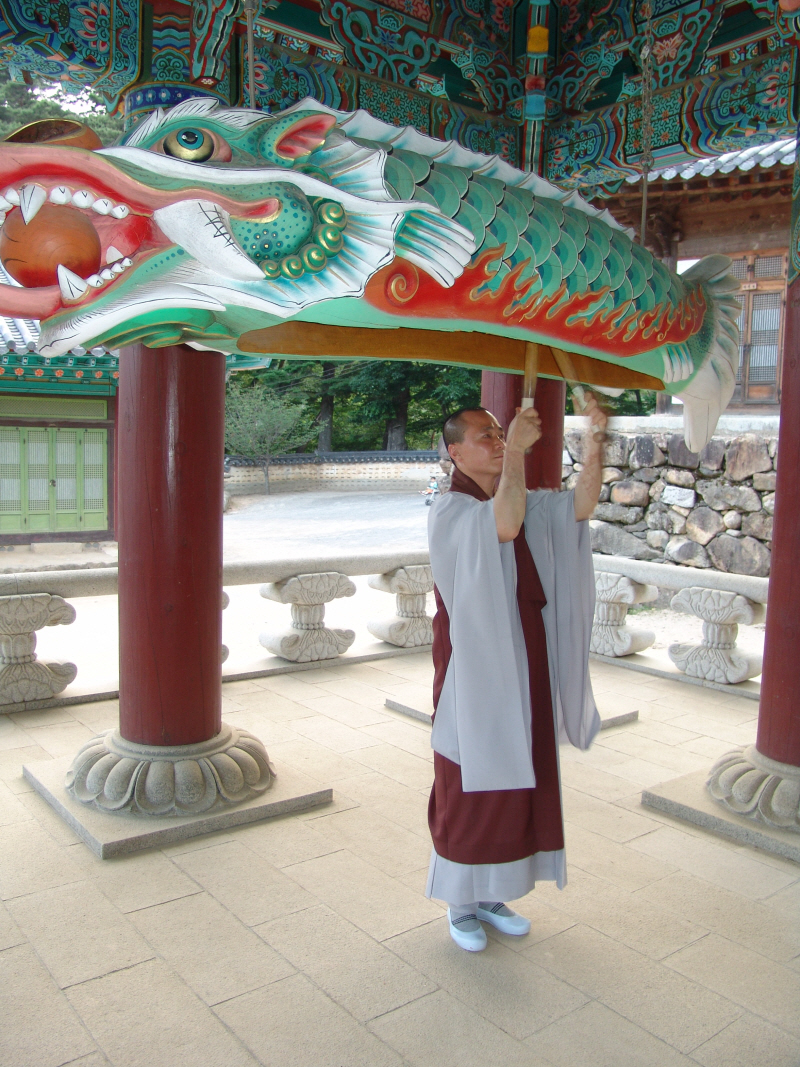|
Wooden Fish
A wooden fish, also known as a Chinese temple block, wooden bell, or ''muyu'', is a type of Woodblock (instrument), woodblock that originated from China that is used as a percussion instrument by monks and lay people in the Mahayana tradition of Buddhism. They are used in Buddhist ceremonies in China, Korea, Japan, Vietnam and other Asian countries. They may be referred to as a Chinese block, Korean block or, rarely, as a skull. Wooden fish often used in rituals usually involving the recitation of sutras, mantras, or other Buddhist texts. In Chan Buddhism, the wooden fish serve to maintain rhythm during chanting. In Pure Land Buddhism, they are used when chanting the name of Amitabha. Wooden fish come in many sizes and shapes, ranging from , for laity use or sole daily practice, or to for usage in temples. Wooden fish are often (in Chinese temples) placed on the left of the altar, alongside a Rin gong, bell bowl, its metal percussion counterpart. Wooden fish often rest on a sma ... [...More Info...] [...Related Items...] OR: [Wikipedia] [Google] [Baidu] |
Rin Gong
A standing bell or resting bell is an inverted bell, supported from below with the rim uppermost. Such bells are normally bowl-shaped, and exist in a wide range of sizes, from a few centimetres to a metre in diameter. They are often played by striking, but some—known as singing bowls—may also be played by rotating a suede covered mallet around the outside rim to produce a sustained musical note. Struck bowls are used in some Buddhist religious practices to accompany periods of meditation and chanting. Struck and singing bowls are widely used for music making, meditation and relaxation, as well for personal spirituality. They have become popular with music therapists, sound healers and yoga practitioners. Standing bells originated in China. An early form called took the shape of a stemmed goblet, mounted with rim uppermost, and struck on the outside with a mallet. The manufacture and use of bowls specifically for 'singing' is believed to be a modern phenomenon. Bowls that w ... [...More Info...] [...Related Items...] OR: [Wikipedia] [Google] [Baidu] |
Manchu Language
Manchu ( ) is a critically endangered language, endangered Tungusic language native to the historical region of Manchuria in Northeast China. As the traditional native language of the Manchu people, Manchus, it was one of the official languages of the Qing dynasty (1644–1912) of China, although today the vast majority of Manchus speak only Mandarin Chinese. Several thousand can speak Manchu as a second language through governmental primary education or free classes for adults in classrooms or online. The Manchu language has high historical value for historians of China, especially for the Qing dynasty. Manchu-language texts supply information that is unavailable in Chinese, and when both Manchu and Chinese versions of a given text exist, they provide controls for understanding the Chinese. Like most Siberian languages, Manchu is an agglutinative language that demonstrates limited vowel harmony. It has been demonstrated that it is derived mainly from the Jurchen language thou ... [...More Info...] [...Related Items...] OR: [Wikipedia] [Google] [Baidu] |
Korean Buddhism
Korean Buddhism is distinguished from other forms of Buddhism by its attempt to resolve what its early practitioners saw as inconsistencies within the Mahayana Buddhist traditions that they received from foreign countries. To address this, they developed a new holistic approach to Buddhism that became a distinct form, an approach characteristic of virtually all major Korean thinkers. The resulting variation is called '' Tongbulgyo'' ("interpenetrated Buddhism"), a form that sought to harmonize previously arising disputes among scholars (a principle called ''hwajaeng'' 和諍). Centuries after Buddhism originated in India, the Mahayana tradition arrived in China through the Silk Road in the 1st century CE via Tibet; it then entered the Korean peninsula in the 4th century during the Three Kingdoms Period, from where it was transmitted to Japan. In Korea, it was adopted as the state religion of 3 constituent polities of the Three Kingdoms Period, first by the Goguryeo (also kno ... [...More Info...] [...Related Items...] OR: [Wikipedia] [Google] [Baidu] |
Pearl
A pearl is a hard, glistening object produced within the soft tissue (specifically the mantle (mollusc), mantle) of a living Exoskeleton, shelled mollusk or another animal, such as fossil conulariids. Just like the shell of a mollusk, a pearl is composed of calcium carbonate (mainly aragonite or a mixture of aragonite and calcite) in minute crystalline form, which has deposited in concentric layers. More commercially valuable pearls are perfectly round and smooth, but many other shapes, known as baroque pearls, can occur. The finest quality of natural pearls have been highly valued as gemstones and objects of beauty for many centuries. Because of this, ''pearl'' has become a metaphor for something rare, fine, admirable, and valuable. The most valuable pearls occur spontaneously in the wild but are extremely rare. These wild pearls are referred to as ''natural'' pearls. ''Cultured'' or ''farmed'' pearls from Pinctada, pearl oysters and freshwater mussels make up the majority o ... [...More Info...] [...Related Items...] OR: [Wikipedia] [Google] [Baidu] |
Chinese Characters
Chinese characters are logographs used Written Chinese, to write the Chinese languages and others from regions historically influenced by Chinese culture. Of the four independently invented writing systems accepted by scholars, they represent the only one that has remained in continuous use. Over a documented history spanning more than three millennia, the function, style, and means of writing characters have changed greatly. Unlike letters in alphabets that reflect the sounds of speech, Chinese characters generally represent morphemes, the units of meaning in a language. Writing all of the frequently used vocabulary in a language requires roughly 2000–3000 characters; , nearly have been identified and included in ''The Unicode Standard''. Characters are created according to several principles, where aspects of shape and pronunciation may be used to indicate the character's meaning. The first attested characters are oracle bone inscriptions made during the 13th century&n ... [...More Info...] [...Related Items...] OR: [Wikipedia] [Google] [Baidu] |
Bodhisattva
In Buddhism, a bodhisattva is a person who has attained, or is striving towards, '' bodhi'' ('awakening', 'enlightenment') or Buddhahood. Often, the term specifically refers to a person who forgoes or delays personal nirvana or ''bodhi'' in order to compassionately help other individuals reach Buddhahood. In the Early Buddhist schools, as well as modern Theravāda Buddhism, bodhisattva (or bodhisatta) refers to someone who has made a resolution to become a Buddha and has also received a confirmation or prediction from a living Buddha that this will come to pass. In Theravāda Buddhism, the bodhisattva is mainly seen as an exceptional and rare individual. Only a few select individuals are ultimately able to become bodhisattvas, such as Maitreya. In Mahāyāna Buddhism, a bodhisattva refers to anyone who has generated '' bodhicitta'', a spontaneous wish and compassionate mind to attain Buddhahood for the benefit of all sentient beings. Mahayana bodhisattvas are spiritua ... [...More Info...] [...Related Items...] OR: [Wikipedia] [Google] [Baidu] |



